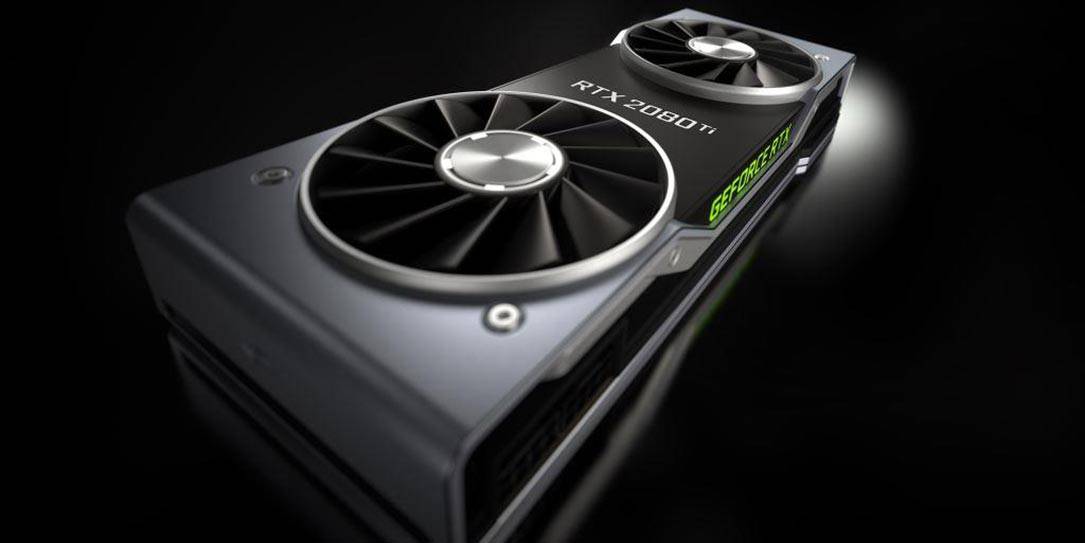Speaking today at Gamescom in Cologne, Germany, Jensen Huang, founder
“Turing opens up a new golden age of gaming, with realism only possible with ray tracing, which most people thought was still a decade away,” said Jensen Huang, founder and CEO of NVIDIA, speaking before Gamescom, the world’s largest gaming expo. “The breakthrough is a hybrid rendering model that boosts today’s computer graphics with the addition of lightning-fast ray-tracing acceleration and AI. RTX is going to define a new look for computer graphics. Once you see an RTX game, you can’t go back.”
NVIDIA announced three versions of the new card: the RTX 2080 Ti, RTX 2080, and RTX 2070. The 2080Ti features 10 GigaRays/sec of ray tracing
Some of the new features (provided by NVIDIA) of the GeForce RTX graphics cards include:
- New RT Cores to enable real-time ray tracing of objects and environments with physically accurate shadows, reflections, refractions and global illumination.
- Turing Tensor Cores to perform lightning-fast deep neural network processing.
- New NGX neural graphics framework integrates AI into the overall graphics pipeline, enabling AI algorithms to perform amazing image enhancement and generation.
- New Turing shader architecture with Variable Rate Shading allows shaders to focus processing power on areas of rich detail, boosting overall performance.
- New memory system featuring ultra-fast GDDR6 with over 600GB/s of memory bandwidth for high-speed, high-resolution gaming.
- NVIDIA NVLink®, a high-speed interconnect that provides higher bandwidth (up to 100 GB/s) and improved scalability for multi-GPU configurations (SLI).
- Hardware support for USB Type-C™ and VirtualLink™(1), a new open industry standard being developed to meet the power, display and bandwidth demands of next-generation VR headsets through a single USB-C™ connector.
- New and enhanced technologies to improve performance of VR applications, including Variable Rate Shading, Multi-View Rendering and VRWorks Audio.
As is the norm,
Preorders for the RTX 2080 Ti ($999+USD) and RTX 2080 ($699+) GPUs are available starting to today, with the RTX 2070 ($499+) available in October.
What do you think of the new NVIDIA GeForce RTX graphic cards? Let us know in the comments below or on Google+, Twitter, or Facebook.
[button link=”https://nvidianews.nvidia.com/news/10-years-in-the-making-nvidia-brings-real-time-ray-tracing-to-gamers-with-geforce-rtx” icon=”fa-external-link” side=”left” target=”blank” color=”285b5e” textcolor=”ffffff”]Source: NVIDIA[/button]









